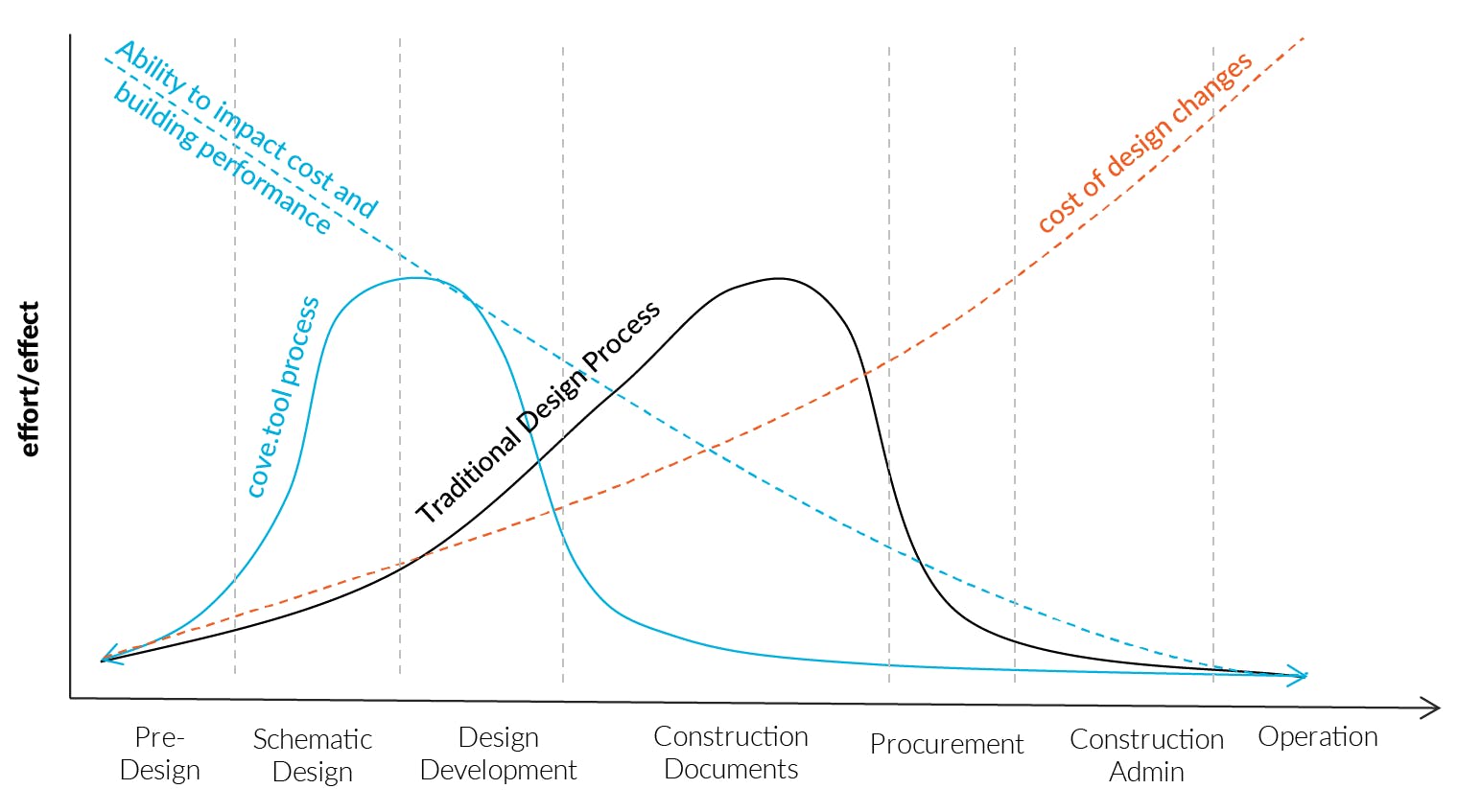For Architecture, Engineering, and Construction (AEC) professionals, standards, guidelines, and codes are the foundation of every project. One of the foundational pieces of construction is what building products and materials should be used. For all aspects of a building product, there is a “go to”, industry standard, or a baseline that all materials will inevitably be compared against.
What is the baseline for building products, materials, and assemblies? Who sets them? How do you choose the baseline versus the “non” baseline?
Let’s talk about it.

The Baseline
The baseline is the product that is set as the reference point that touches multiple inputs and outputs.
At its core, baseline means you have a foundational set of "given" conditions from which you can understand deviations as improvements or detractions (regressions).
This reference point has been tested and approved, essentially achieving the specifications that a product and material must meet.
The product/assembly baseline is based on products/assemblies that meet the performance and energy code(s) standards that are applicable within the municipality of the project location.
No matter the type of product, there is a product that all products in that category can be compared to.
Setting the Standard
Setting a "baseline approach" to a project simulation includes aligning R-values of assemblies that represent the exterior envelope of a building to match the requirements of a location.
Each jurisdiction (think of the planning permit office within your city government) adopts specific energy codes and applies a minimal energy code compliance to any documented building design to issue a permit for construction.
In alignment with code compliance, a designer must define and represent the building envelope (wall, ceiling/roof, floor) and if looking at a performance path, will need to understand predictive performance to align a project with the jurisdictional requirements.
Comparing to the Baseline
You know what the baseline is, but how do you compare your product to the baseline, influencing builders to choose your product over the baseline?
With cove.tool’s revgen.tool, users access a comprehensive data model encompassing dimensions like carbon, energy, costs (First Cost, Operational Cost, and Assembly Cost), and numerous other key metrics to amplify a product’s unique value – from fire rating and acoustics to air quality and human comfort.
When architects and designers are looking for the highest performing, most cost-effective products for their building projects, they can be assured that the products they use are data backed by the industry standard.
Manufacturers can highlight the features of their product that truly outshine the baseline.
revgen.tool fosters collaboration, builds trust, and highlights product differentiators to ensure manufacturers can accurately showcase their products' performance and validity in design while architects and designers are guaranteed enhanced design outcomes, transparency, and real-time actionable data through collaborative insights from AEC professionals.
The Baseline, Baseline
Understanding what constitutes a baseline in the AEC industry is not just crucial but foundational to every project. A baseline serves as a reference point against which all other building products, materials, and assemblies are compared. It provides a standardized set of conditions and criteria that allow for meaningful assessments of deviations—be they advancements or setbacks.
With rapidly changing codes, technologies, and environmental considerations, having a reliable tool to navigate these complexities becomes indispensable. That's where cove.tool’s revgen.tool steps in as a game-changer.
The innovative platform empowers AEC professionals with actionable data, comprehensive metrics, and real-time insights, all meticulously benchmarked against the industry standard or baseline.
With revgen.tool, manufacturers, architects, and designers are empowered to innovate, differentiate, and make data-backed decisions that elevate a project beyond the baseline, setting a new standard for what's achievable in efficient and high-performance building design.
